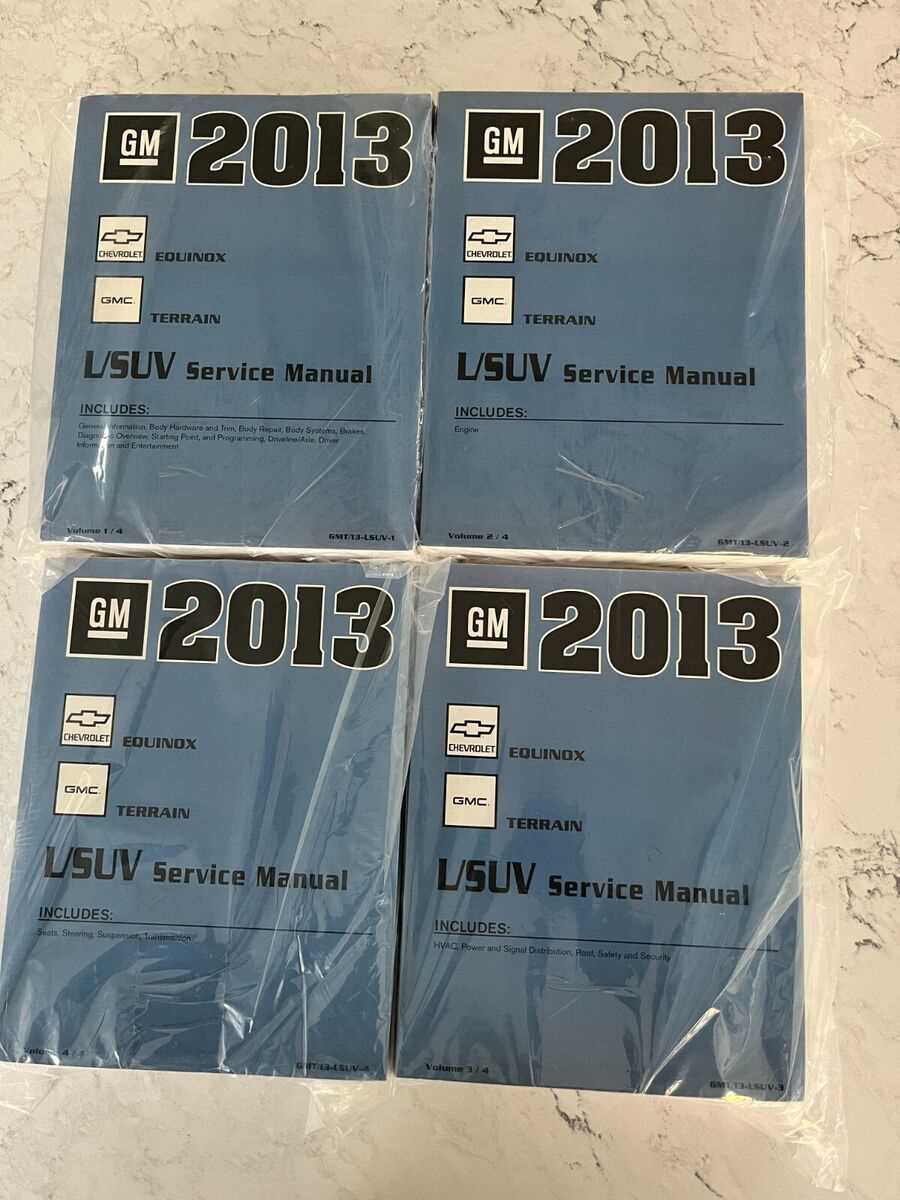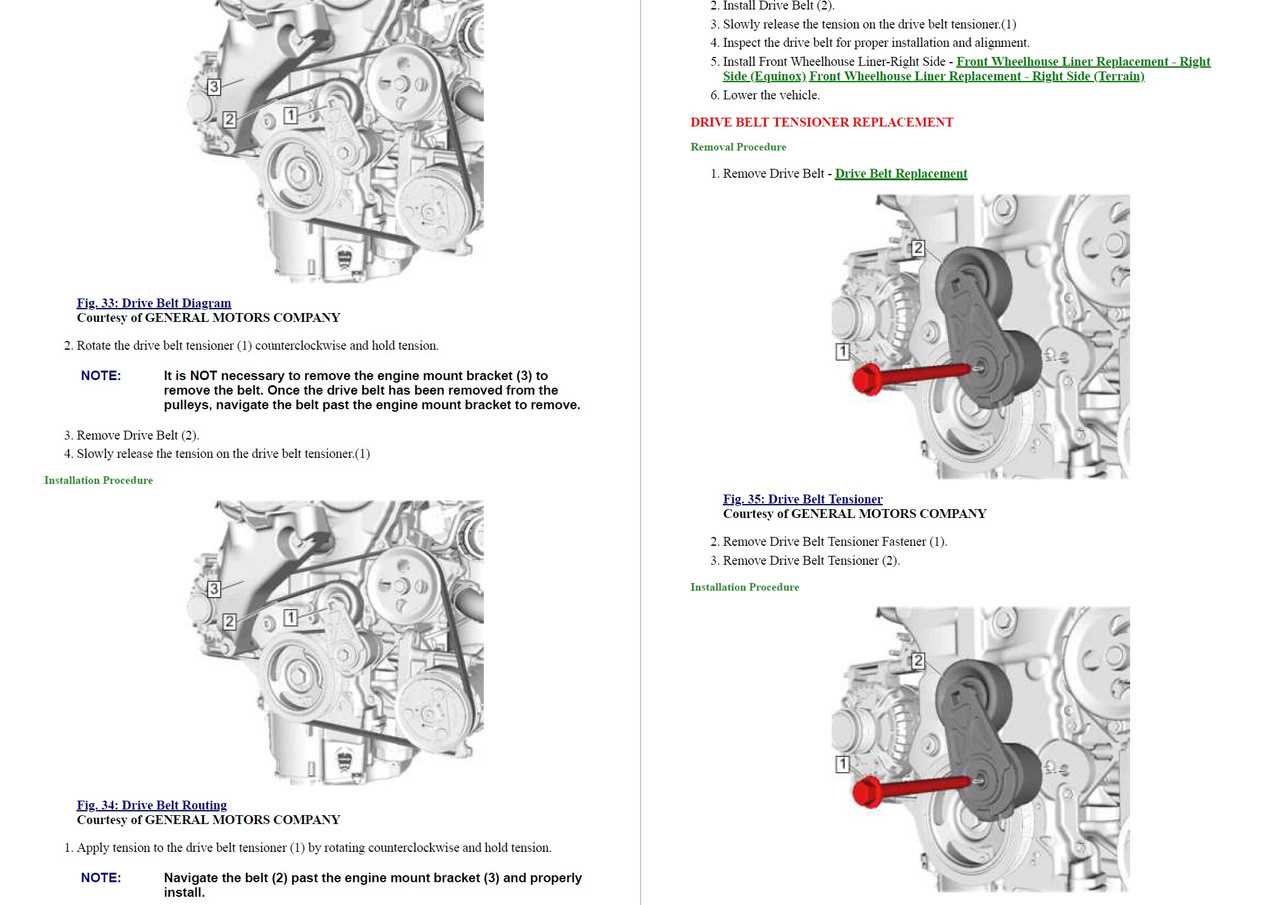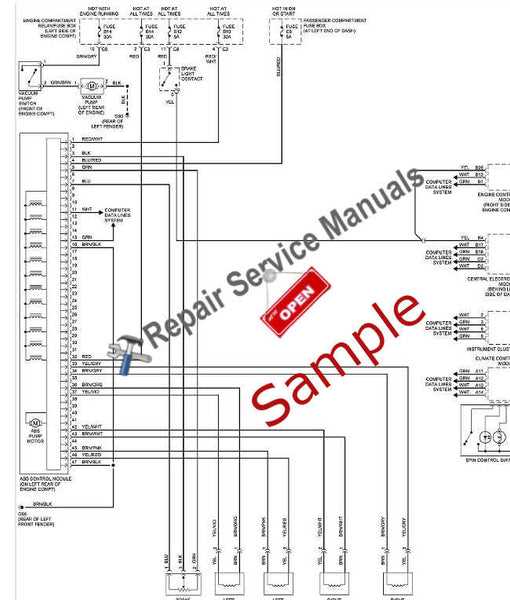
Owning a reliable vehicle brings both convenience and responsibility. Regular upkeep and addressing minor issues are essential for preserving the vehicle’s efficiency and safety over time. This guide will provide valuable insights into effective maintenance and care, aiming to empower you with the knowledge needed to handle a variety of routine tasks and potential challenges.
In the following sections, we’ll delve into practical steps for inspecting and managing different components. From essential checks to detailed recommendations, each part is designed to help extend the life of your vehicle. Whether you’re experienced or just beginning to explore vehicle maintenance, the guidance here will ensure that all crucial aspects are covered for smooth and safe performance.
Enhancing longevity and functionality through regular checkups can prevent costly repairs and unexpected issues. This guide emphasizes easy-to-follow instructions and tips, helping you stay proactive in maintaining the various elements of your vehicle. With consistent attention to detail and a proactive approach, your vehicle will remain a dependable asset for years to come.

Understanding typical engine problems can be key to maintaining vehicle performance and longevity. Recognizing the signs early can help prevent more serious issues down the line, offering a better chance for timely solutions.
Here is a summary of frequent engine concerns and potential indicators:
| Issue | Indicators |
|---|---|
| Overheating | High temperature readings, steam from the hood, strange odors |
| Starting Trouble | Slow or no start, clicking sound, dimming lights |
| Power Loss | Sluggish acceleration, misfires, poor fuel economy |
| Unusual Noises | Knocking, hissing, or squealing sounds from the engine area |
| Excessive Exhaust Smoke | Thick smoke, unusual color (white, blue, or black), burning smell |
Observing these symptoms can guide you in diagnosing potential engine concerns and determining when it’s best to seek professional help. Regular checks can help catch these signs
Steps for Replacing Brake Components
Replacing brake parts is essential to maintaining vehicle safety and optimal performance. This section outlines a simple, structured approach to replacing these components, ensuring a smooth and efficient process.
1. Prepare the Workspace: Begin by ensuring the vehicle is on a level surface and secured. Use jack stands to support the car, providing stability during the work.
2. Remove the Wheels: Loosen the lug nuts and remove the wheels to access the braking system. Keep the nuts in a safe place to avoid misplacement.
3. Inspect Brake Parts: Examine the brake pads, rotors, and calipers for any signs of wear or damage. If necessary, replace worn parts to restore the braking system’s efficiency.
4. Detach the Caliper: Unfasten the bolts securing the caliper and carefully slide it off. Support the caliper with a hook or strap to prevent strain on the brake line.
5. Replace the Brake Pads: Slide out the old brake pads and install new ones. Ensure they are positioned correctly within the caliper bracket for a secure fit.
6. Reinstall the Caliper: Place the caliper back over the new pads and fasten the bolts. Make sure everything is aligned properly to prevent uneven wear.
7. Reattach the Wheels: P
Troubleshooting Electrical System Faults

Diagnosing issues within a vehicle’s electrical system can be complex due to the vast network of interconnected components. When faults arise, it’s essential to approach the situation methodically to isolate the problem accurately. By understanding the basics of the system’s functionality, vehicle owners can identify typical symptoms and follow effective troubleshooting steps.
Common Symptoms of Electrical Issues: Some signs of an electrical malfunction include dim or flickering lights, unresponsive buttons, or unusual sounds coming from electronic components. These symptoms often point to underlying problems that may involve wiring, fuses, or the battery.
Systematic Inspection Process: Begin by examining the most accessible areas, such as the battery terminals and fuses, to rule out any simple connection issues. A visual check for loose or corroded wires can prevent more extensive diagnostics if the problem is quickly found.
Once basic checks are complete, testing the voltage and continuity within specific circuits helps narrow down potential problem areas. This process requires a multimeter to measure the electrical flow and pinpoint any irregularities, providing critical insight into the root cause of the fault.
Guidelines for Transmission Servicing

Proper maintenance of the transmission system is essential for ensuring optimal performance and longevity of your vehicle. This section outlines best practices for servicing the transmission, helping to prevent issues and maintain smooth operation.
To effectively care for the transmission, consider the following recommendations:
- Regular Fluid Checks: Monitor transmission fluid levels frequently to ensure they are within the recommended range. Low fluid levels can lead to overheating and increased wear.
- Fluid Replacement: Replace the transmission fluid at intervals suggested by the manufacturer. This helps to remove contaminants and maintains proper lubrication.
- Inspect for Leaks: Periodically examine the transmission for any signs of fluid leaks. Addressing leaks promptly can prevent more significant issues down the line.
- Filter Replacement: Change the transmission filter during fluid replacement to prevent debris from clogging the system and affecting performance.
- Monitor Performance: Pay attention to any unusual noises or shifting issues while driving, as these may indicate the need for further inspection or servicing.
Following these guidelines will help ensure your transmission remains in good condition, contributing to the overall reliability and efficiency of your vehicle.
Understanding the Cooling System

The cooling mechanism of an automotive vehicle plays a critical role in maintaining optimal engine temperature. It prevents overheating by circulating a coolant through various components, ensuring the engine operates efficiently under various conditions. A well-functioning cooling system not only extends the lifespan of the engine but also enhances overall performance.
Components of the Cooling Mechanism

This system comprises several key parts, each contributing to its effectiveness:
| Component | Function |
|---|---|
| Radiator | Dissipates heat from the coolant to the atmosphere. |
| Water Pump | Circulates coolant throughout the engine and radiator. |
| Thermostat | Regulates coolant flow based on engine temperature. |
| Coolant | Transfers heat and prevents freezing and corrosion. |
Importance of Regular Maintenance
To ensure optimal performance, it is essential to conduct regular checks on the cooling system. Flushing the coolant periodically and inspecting hoses for leaks can prevent major failures. Addressing minor issues promptly can save significant repair costs in the long run.
Fixing Suspension and Alignment Problems

Addressing issues related to the suspension system and wheel alignment is essential for maintaining vehicle stability and handling. Problems in these areas can lead to uneven tire wear, decreased ride comfort, and compromised safety. Understanding the symptoms and solutions for these issues will help ensure a smoother driving experience.
Identifying Suspension Issues
Common signs of suspension trouble include excessive bouncing, difficulty steering, or unusual noises when driving over bumps. Inspecting components like shock absorbers, struts, and springs can reveal wear and tear that affects performance. Regular checks are crucial for early detection of potential problems.
Adjusting Wheel Alignment

Improper wheel alignment can cause the vehicle to pull to one side, leading to rapid tire degradation. To correct this, a professional alignment service can adjust angles such as camber, caster, and toe. Ensuring these settings are within manufacturer specifications promotes even tire wear and enhances overall control.
How to Inspect Exhaust Components

Ensuring the proper functioning of exhaust components is crucial for maintaining vehicle performance and reducing harmful emissions. A thorough inspection can help identify any issues that may affect efficiency and safety. Regular checks not only extend the lifespan of these components but also contribute to a cleaner environment.
Start by examining the exhaust system visually for any signs of damage, such as cracks, rust, or loose connections. Pay special attention to joints and welds, as these areas are prone to wear and deterioration. Listening for unusual noises during engine operation can also indicate potential leaks or issues within the exhaust system.
Next, assess the hangers and brackets that support the exhaust system. These parts should be securely fastened and free from excessive wear. If any support structures appear weakened or broken, they should be replaced to ensure that the exhaust components remain properly aligned and secured.
Finally, consider using a diagnostic tool to check for any error codes related to the exhaust system. This can provide additional insights into potential problems that may not be immediately visible. By regularly inspecting exhaust components, you can maintain optimal vehicle performance and adhere to environmental standards.
Replacing Worn-out Battery Parts
Over time, components of the battery system can deteriorate, impacting performance and reliability. It is essential to regularly check for signs of wear and replace any faulty parts to ensure optimal functionality. This section discusses the necessary steps and considerations for effectively swapping out aged battery components.
Start by identifying the specific parts that require replacement, such as terminals, cables, or the battery itself. Inspect for corrosion, fraying, or any physical damage that might hinder performance. Once the worn parts are pinpointed, gather the necessary tools, including a wrench, wire brush, and replacement components.
When proceeding with the replacement, ensure safety by disconnecting the negative terminal first, followed by the positive terminal. Carefully remove the defective parts, taking note of their configuration for easier reinstallation. Clean the connections to remove any corrosion before attaching new components. Securely fasten all connections and double-check for tightness to prevent future issues.
Finally, reconnect the battery, starting with the positive terminal, and follow with the negative terminal. After replacing the worn parts, test the system to verify proper operation. Regular maintenance and timely replacements can significantly extend the lifespan of the battery system, enhancing overall vehicle performance.
Adjusting Fuel System Components

Fine-tuning the elements of the fuel system is essential for optimal engine performance. Proper adjustments can enhance fuel efficiency, improve power output, and ensure smoother operation. This process involves checking various components and making necessary modifications to maintain the ideal fuel-air mixture.
Key components that require adjustment include:
- Fuel injectors
- Fuel pressure regulator
- Throttle body
- Air intake system
Each of these parts plays a crucial role in the overall functioning of the fuel system. Below are steps to ensure their proper adjustment:
- Inspect Fuel Injectors: Ensure they are clean and free of debris. A malfunctioning injector can disrupt the fuel flow.
- Check Fuel Pressure Regulator: Verify that the regulator maintains the correct fuel pressure. This is vital for consistent fuel delivery.
- Adjust Throttle Body: Ensure it opens and closes smoothly. An improperly functioning throttle body can affect engine responsiveness.
- Examine Air Intake System: Ensure all connections are secure and there are no leaks. The air-fuel mixture must be optimal for performance.
By regularly adjusting these components, you can help ensure that the fuel system operates effectively, leading to better engine performance and longevity.
DIY Interior and Exterior Upkeep

Maintaining both the interior and exterior of your vehicle is essential for ensuring its longevity and enhancing your overall driving experience. Regular upkeep not only improves aesthetics but also contributes to safety and functionality. By performing simple tasks yourself, you can save time and money while gaining a deeper understanding of your vehicle.
Interior Care involves various tasks, such as cleaning upholstery, conditioning leather surfaces, and ensuring that all components are functioning properly. Vacuuming regularly and using appropriate cleaners can help maintain the appearance of your vehicle’s interior. Additionally, periodic checks of the dashboard and control functions are vital for a comfortable ride.
Exterior Maintenance includes washing, waxing, and inspecting the paintwork for chips or scratches. A thorough wash followed by a good wax can protect the paint from environmental damage. Don’t forget to check the tires for proper inflation and tread wear, as they play a critical role in both safety and fuel efficiency.
Taking these steps can significantly extend the life of your vehicle and keep it looking fresh. Embrace the DIY approach to upkeep, and enjoy the satisfaction that comes from taking care of your ride.